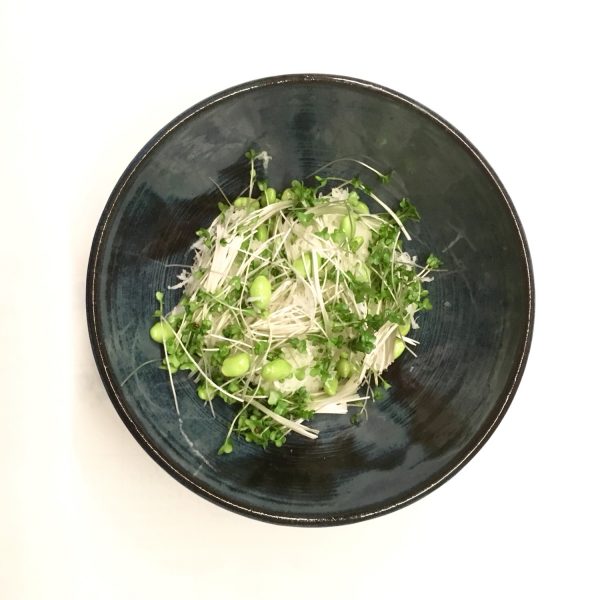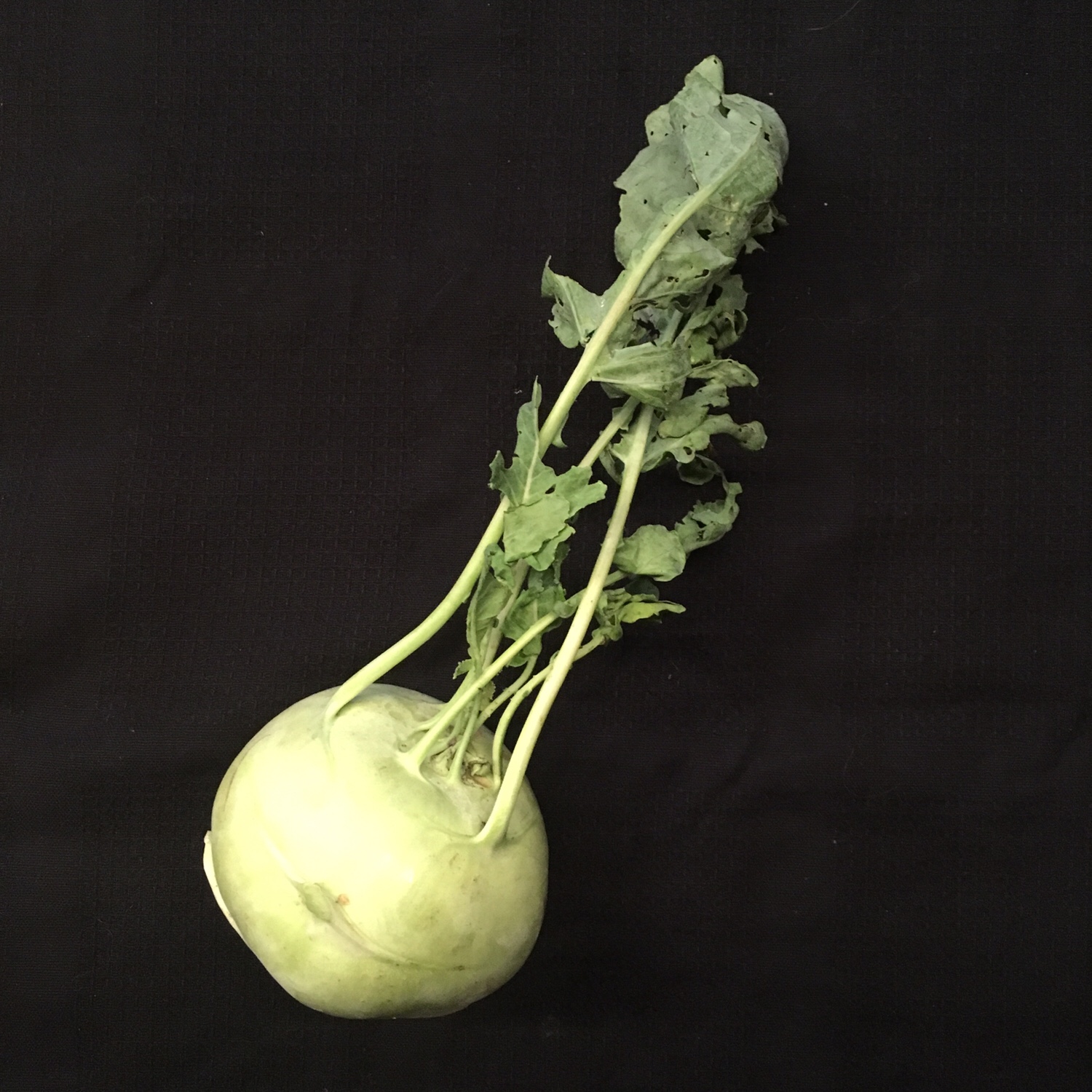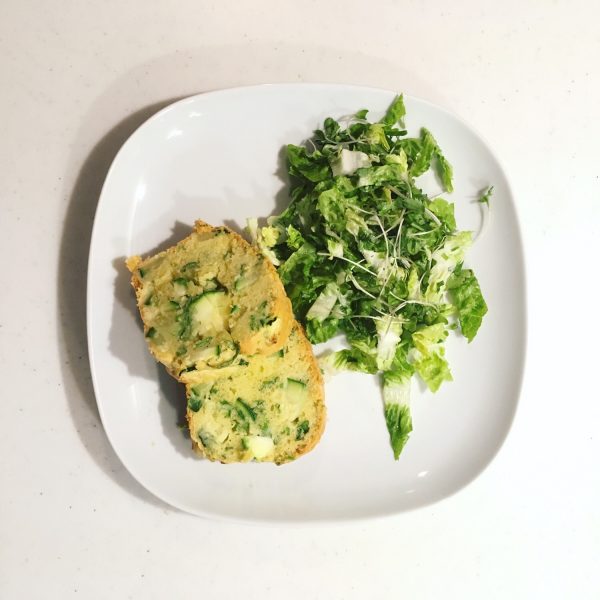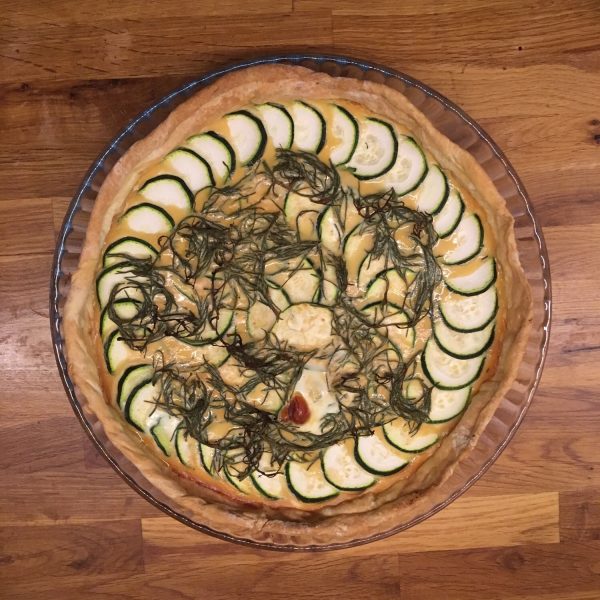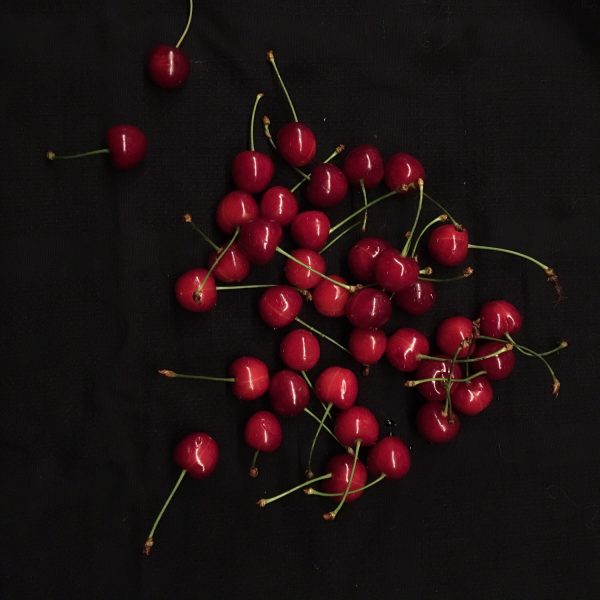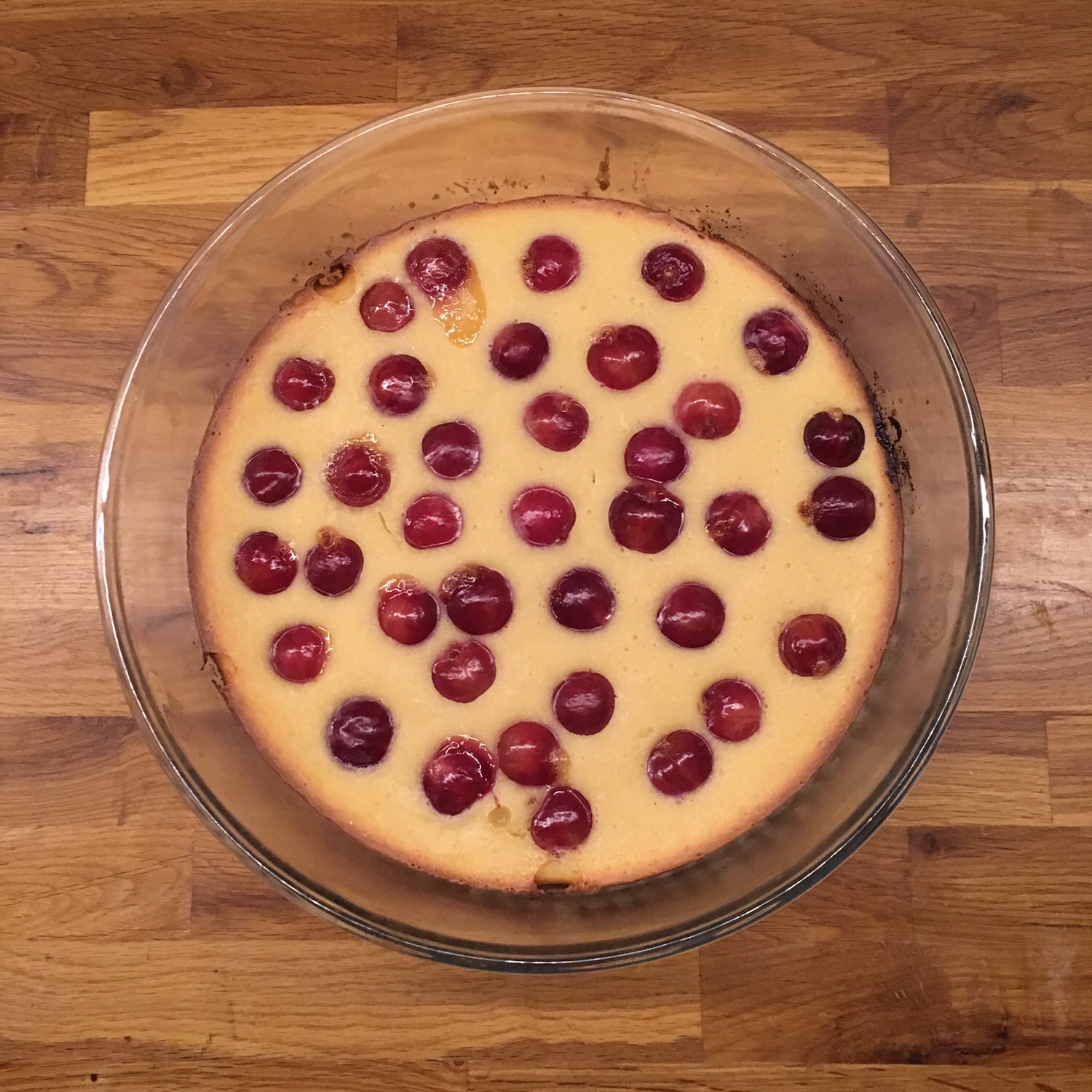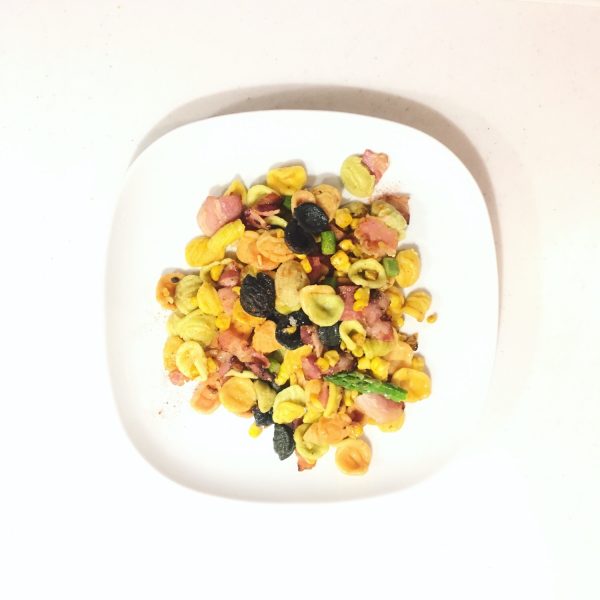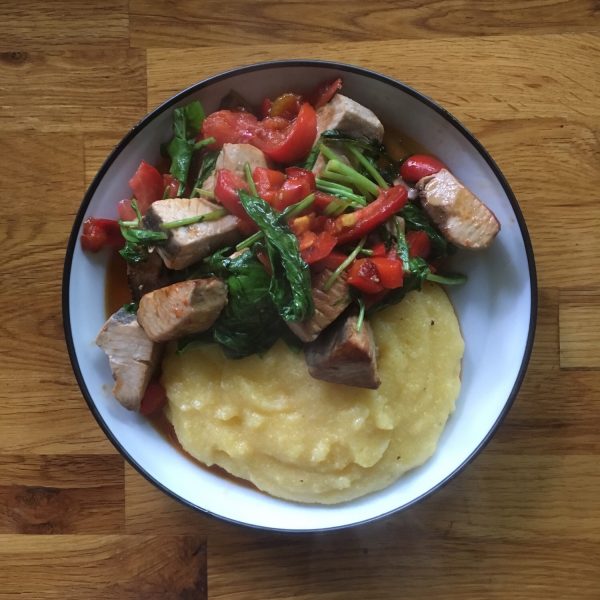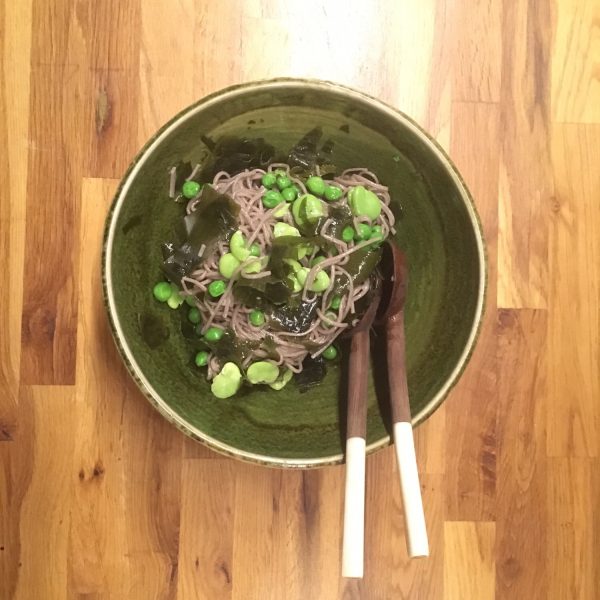As I was telling you, kohlrabi is my new best cooking ingredient. Sautéed it is great with other vegetables, pasta… but kohlrabi is also delicious raw. Many recipes I saw on the internet inspired me while looking for ideas how to cook it. And if the weather is called one day it is warm and sunny the next, so a simple salad with raw kohlrabi is always a great option. When the kohlrabi is juicy and crunchy and very refreshing. As I said in my previous post, it is really nice with olive oil, so no headache about the dressing. To make the salad a little Japanese style I added boiled edamame (the season is just starting), some brocoli sprouts and a bit of sesame. For the kohlrabi I grated it with a mandolin and remove the extra juice by gently pressing it. Simple and super delicious…
The next thing I am wondering now is with which herbs and spices to try it… If you have any idea, please share with me! I’ll be happy to try.
